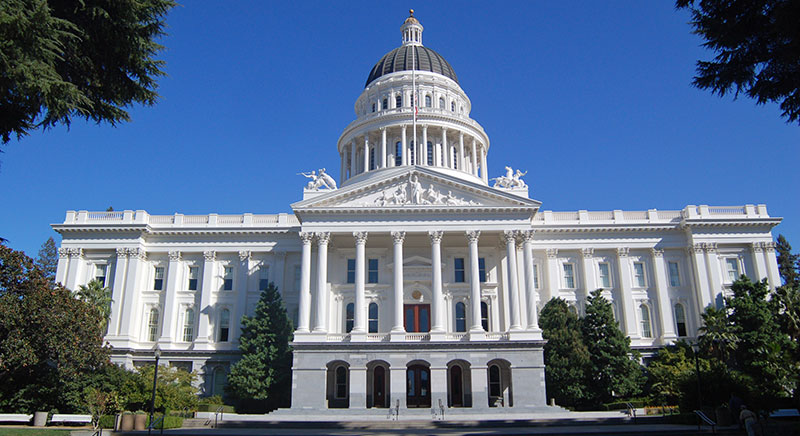For a long time now, old tax models have been quite popular, particularly among members of the ruling party. In 1994, those of the Republican Party, who had been newly elected and were in charge of congress, conducted a series of hearings that would later on come to be known as the dynamic scoring bills’. According to them, such legislation needed to be evaluated using the predictive potential of macroeconomic models. If such protocols predict enhanced GDP growth, then there could be a possibility that the growth would generate more tax revenue.
Over the past couple of decades, no Republicans, be they in or out of congress, have pushed dynamic scoring so successively closer to the designated policy process until today. In fact, macroeconomics analysts view this move as one of the most significant moments for those who understand and work in the field.
The nonpartisan congressional entity charged with the task of evaluating tax proposals, known as the Joint Committee on Taxation, quickly went through its study as the Senate continued to prepare for tax cut approvals. However, the cuts, which were arrived at through the dynamic scoring method wildly fought for by the Republican Party since the time of Newt Gingrich, would still cost approximately $1trn.
When you talk to various PhD economists online or at different conferences, you will find a number of them referring to a crisis in macroeconomics. What they mean is that the leading assumptions and models have failed several times since 2007 to describe or predict what was happening in the market.
- Macroeconomic models and how they relate to big data and AI
However, in their defense, macroeconomists are today applying faster computers and larger datasets in order to accurately interpret and predict human behavior. For instances, such professionals are now more willing to accept facts like individuals without credit or certain levels of wealth tend to react differently when it comes to the policy. This particular concept is slowly making its way to central banks, and the Joint Committee on Taxation.
Unfortunately, these developments have proved to be a bit difficult for Republicans. During the 1990s, social science was on the Party’s side, since computing and data power were much harder to come by. As a result, they relied on the use of thought experiments.
For instance, the seminal model that shows the ideal capital-gains tax rate at zero goes back to 1986. It presumes that the economy comprises of one individual, who is immortal. This model is now becoming a mere topic that ought to be discussed in university lectures regarding the history of economic thought.
Despite all the changes currently being seen, it is still important for the country to determine whether relying on macroeconomics is the right move, since there are those who hold the notion that there is no clear distinction on how they work.
Conclusion
For those in business, or even individuals interested in economic policies, the concept of macroeconomic models and how they relate to big data and AI is an important aspect that one can stand to learn a lot from. Such knowledge in turn will enable you to make the right market decisions now and in future.
